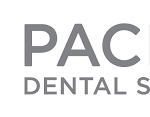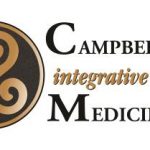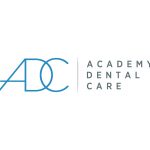
According to Merriam-Webster, one of the definitions of technology is a manner of accomplishing a task especially using technical processes, methods, or knowledge. This definition rings true for the introduction of clinical laboratory testing for the health care professions. It was noted in research by the NIH, “…it was not until 1896 that the first clinical laboratory was opened, a twelve-foot-by-twelve-foot room equipped at a cost of $50 at Johns Hopkins Hospital.”1 So for over a century, ...
Read More









